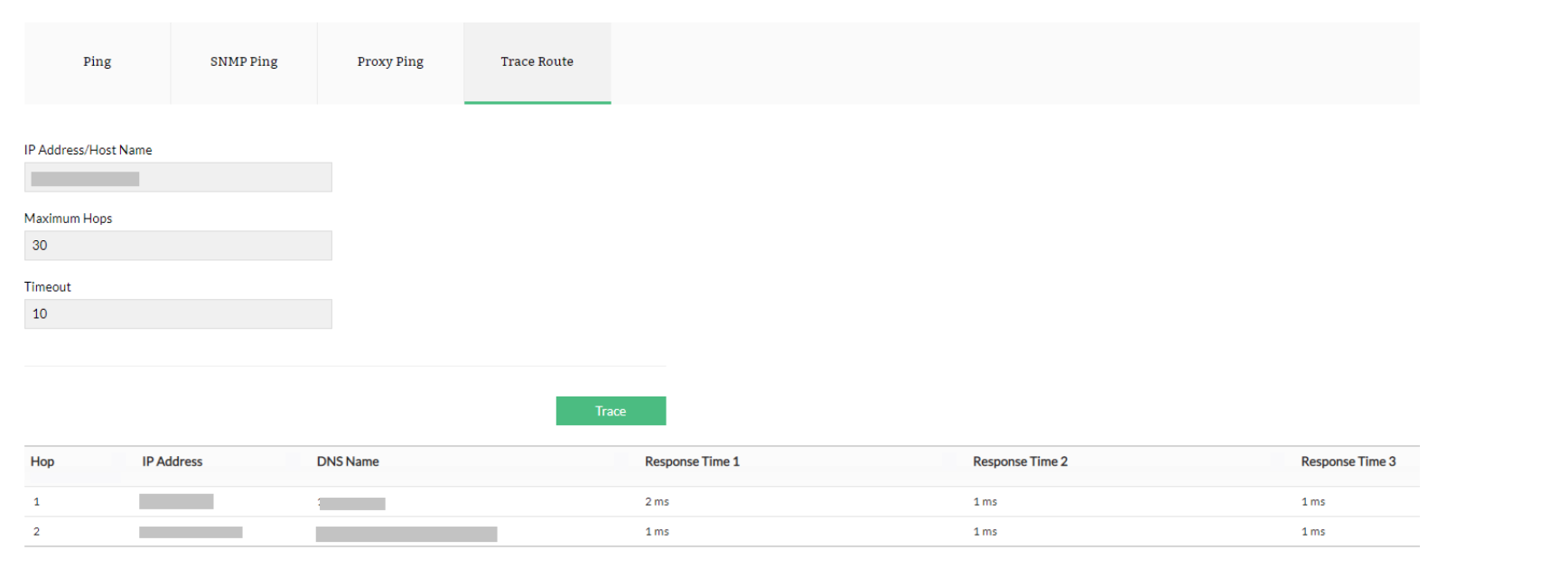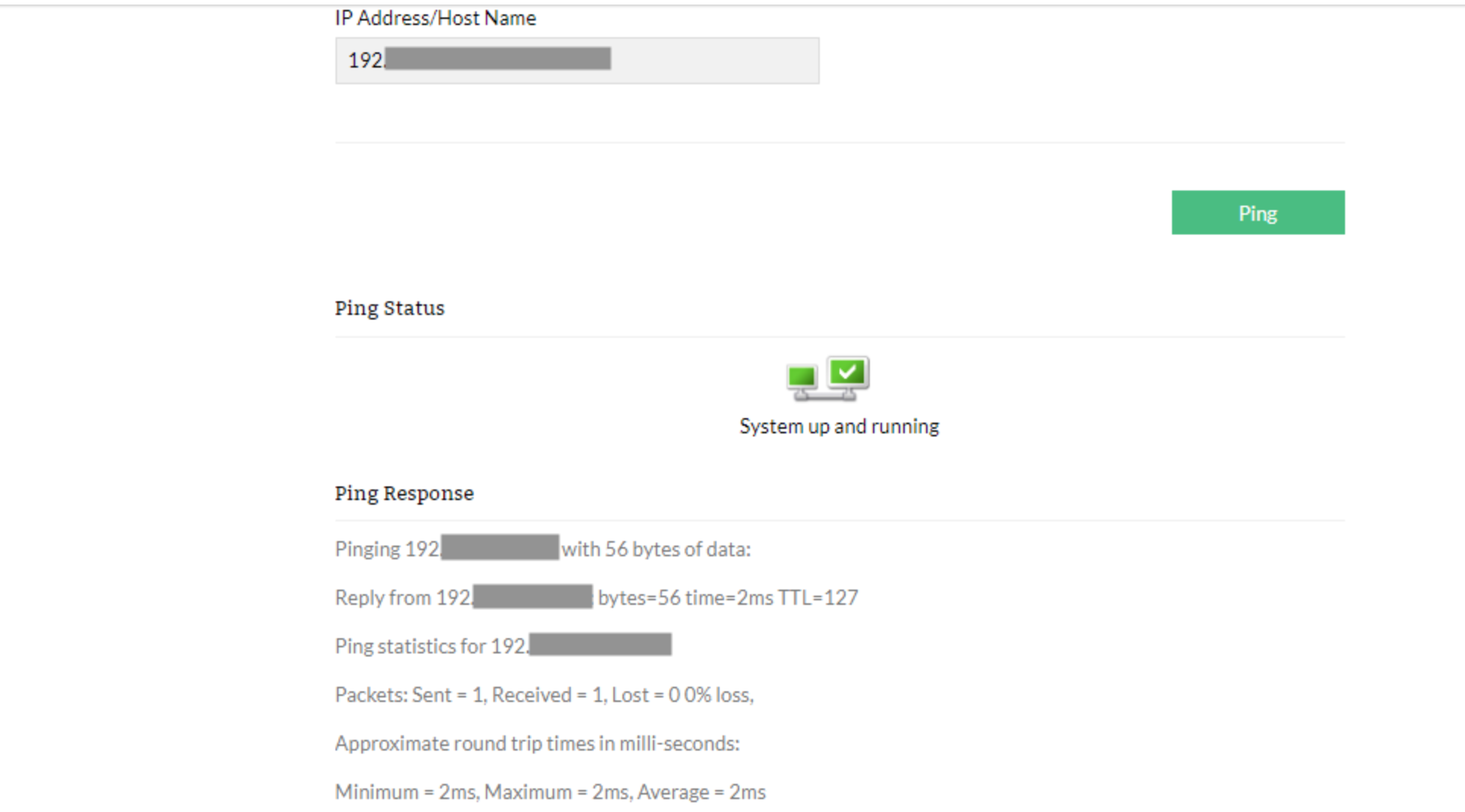Effective Techniques for Debugging Network Connectivity Issues in Mobile Apps
This topic explores techniques to fix network connectivity issues in mobile apps, offering practical tips for developers to debug and enhance app performance.
Join the DZone community and get the full member experience.
Join For FreeIn our ever-connected world, where mobile apps have become an integral part of our daily lives, encountering network connectivity issues can be a frustrating ordeal. Whether it's a sluggish loading screen, intermittent connection drops, or the dreaded "No Internet" message, these hiccups can make even the most patient among us want to pull our hair out. But fear not! Understanding the network connectivity landscape is the first step towards conquering these technological tribulations and ensuring smooth sailing for your mobile apps.
Gaining Insight Into the Network Connectivity Landscape
Mobile networks operate on technologies like 3G, 4G, and 5G, each with its own strengths and limitations. DNS resolution problems, slow network speed, connection timeouts, packet loss, and firewall or proxy restrictions can all impact network connectivity.
To debug effectively, create a controlled testing environment and use network debugging tools. Capture network traffic to analyze data exchanged between the app and server, identifying misconfigurations or anomalies.
Verify network availability by checking cellular or Wi-Fi connection status and testing internet connectivity. Troubleshoot DNS resolution problems by checking configurations or using alternative DNS servers.
Analyze network latency and speed using tools like:
Traceroute
Unveiling network paths and measuring delays, Tracert (Windows) or Traceroute (Linux) stands as a diagnostic and troubleshooting gem. Adjusting Time To Live (TTL) values showcase the number of hops between source and destination devices, illuminating the journey of data packets through the network.

The mystical traceroute tool unveils network secrets, exposing delays, routing loops, points of failure, and packet loss. Its power grants connectivity and harmony in the digital universe.
Ping
The ICMP ping tool, a network troubleshooter's ally, unveils the reachability of devices. It exposes the secrets of packet loss, round-trip time, and more.

Traditional ping requests utilize the ICMP echo request protocol, but within the realm of network diagnostics, we encounter intriguing variations like SNMP ping and proxy ping.
Terminal
Unleash secure, encrypted connections! Terminal grants power to execute commands, diagnose, and troubleshoot network issues on remote devices.

Within the terminal's realm, network administrators wield a vast arsenal of supported commands—ping, tracert/traceroute, ipconfig/ifconfig, netstat, nslookup, pathping/MTR, route, and more—fundamental tools for dissecting and remedying network quandaries. Beyond troubleshooting, network optimization stands as a vital imperative.
Lastly, resolve packet loss and unreliable connections by investigating congestion and routing issues and implementing error correction techniques. Address firewall or proxy restrictions by configuring settings or working with network administrators.
Understanding the network connectivity landscape empowers developers to diagnose and resolve issues, ensuring smooth app performance and user satisfaction.
Preparing for Effective Network Debugging
To conquer the elusive world of network connectivity issues in mobile apps, thorough preparation is key. By creating a realistic testing environment and harnessing the power of network debugging tools, developers can gain valuable insights into network traffic and identify hidden bugs.
- Establishing a testing environment: Simulate real-world network conditions by manipulating latency, bandwidth, and packet loss using network debugging tools. This helps unveil vulnerabilities and ensures your app remains resilient.
- Capturing network traffic: Employ packet sniffers and network analyzers to analyze the intricate details of network packets. By studying captured data, developers gain valuable insights into app-network interactions, uncovering the root causes of connectivity issues.
Armed with a testing environment and network traffic analysis, developers are well-equipped to tackle network debugging head-on.
Debugging Techniques for Network Connectivity Issues
Verifying Network Availability
To debug network connectivity issues, the initial step is checking network availability. Is your device connected? Is the internet functioning? These questions demand answers. By examining connection status and conducting network tests like pinging a server, you swiftly pinpoint the source of the problem—whether it resides within the network itself.
Troubleshooting DNS Resolution Problems
DNS resolution problems can cause delays in connecting to servers. To overcome this, start by checking the DNS configurations on your device. If the default DNS servers are causing issues, consider switching to alternative DNS servers like Google DNS or OpenDNS. These alternatives often provide faster and more reliable DNS resolution.
Analyzing Network Latency and Speed Issues
Lagging network speed hampers mobile app performance. Combat it using tools like traceroute or ping to gauge latency and pinpoint network bottlenecks. Optimize data usage by minimizing requests and leveraging caching techniques for reduced reliance on real-time data fetching.
Resolving Connection Timeouts

Resolving connection timeouts in mobile apps is crucial for ensuring smooth network connectivity. Here are key techniques to address timeouts:
- Adjust timeout settings: Fine-tune timeout limits based on network conditions and app requirements.
- Implement retry mechanisms: Automatically retry connection or data retrieval after timeouts, allowing for temporary disruptions.
- Optimize network requests: Reduce unnecessary data transfers, optimize request size and number, and implement caching mechanisms.
- Handle timeouts gracefully: Provide informative error messages, suggest troubleshooting steps, and offer alternative content access.
By applying these techniques, you improve network robustness, minimize timeouts, and enhance the user experience.
Addressing Packet Loss and Unreliable Connections
Packet loss and unreliable connections can jeopardize data integrity and disrupt mobile app functionality. Delve into network congestion and routing issues as potential culprits. Employ error correction techniques, like forward error correction, to mitigate packet loss's impact and establish dependable communication between the app and server.
Dealing With a Firewall or Proxy Restrictions
Network connectivity issues may stem from firewall or proxy restrictions. To ensure seamless communication between your app and the server, verify that essential ports and protocols are unblocked. Alternatively, collaborate with network administrators to configure proxy settings or bypass restrictions.
Best Practices for Effective Network Debugging
Logging Network Events and Errors
When it comes to debugging network connectivity issues, logging becomes your trusted ally. By meticulously logging network-related events and errors, you gain invaluable insights into the intricate workings of your mobile app's communication with the network.
Each log entry is like a breadcrumb leading you closer to the heart of the issue, enabling you to trace back the steps and identify the root cause. Remember, comprehensive logging is not just a practice; it's an art that can save you countless hours of troubleshooting.
Utilizing Remote Debugging Tools
Sometimes, the most elusive bugs require more than just local debugging. Enter the realm of remote debugging and logging tools, where you can peer into the inner workings of your app as it interacts with the network from a distance.
These powerful tools allow you to examine network traffic, monitor performance metrics, and scrutinize every request and response, all while sitting comfortably at your desk. Embrace the convenience and efficiency that remote debugging brings to the table.
Collaborating With Experts
Team up with backend developers and network specialists to pool knowledge and tackle complex connectivity problems. Their expertise expands the scope of debugging possibilities.
Thorough Testing Across Network Conditions
Simulate different network scenarios to ensure app resilience. Test performance under poor connectivity, latency, and bandwidth limitations to identify and address weaknesses.
Keeping Up With Advancements
Stay informed about emerging mobile network technologies and debugging tools. Understanding trends like 5G empowers you to optimize app performance and stay ahead.
Conclusion
In the dynamic world of mobile apps, flawless network connectivity is essential. With effective debugging techniques, you can conquer connectivity issues and provide a superior user experience.
From verifying network availability to troubleshooting DNS problems, analyzing latency, resolving timeouts, addressing packet loss, and overcoming restrictions, we've covered it all. These techniques are your powerful tools to overcome any hurdle.
Effective network debugging goes beyond code—it impacts app performance and user experience, building your reputation as a developer. By monitoring and improving connectivity, you become a trusted provider of seamless experiences, earning user loyalty.
Together, let's embark on this journey armed with knowledge. Embrace challenges, unlock your app's potential, and create extraordinary experiences. With effective network debugging, you hold the power to reach new heights.
The future awaits.
Published at DZone with permission of Michael Chukwube. See the original article here.
Opinions expressed by DZone contributors are their own.

Comments